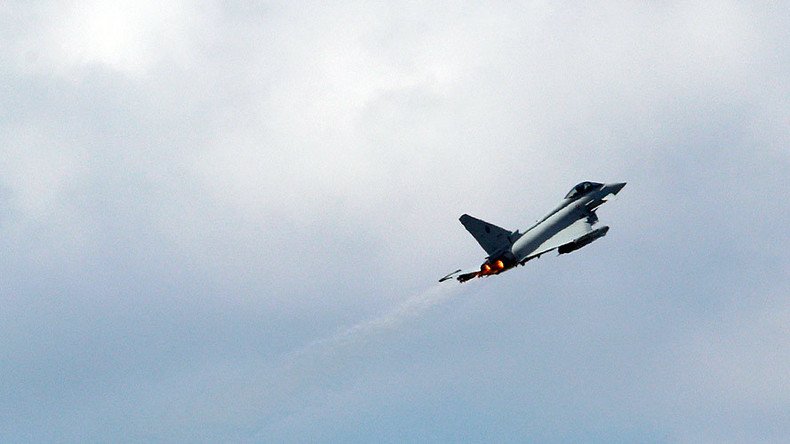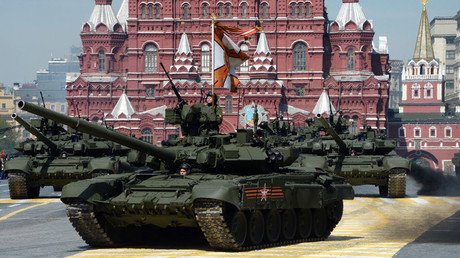Russian defense minister’s plane followed by NATO jets over Baltic Sea

Heading towards Kaliningrad over the neutral waters in the Baltic Sea, Russian Defense Minister Sergey Shoigu’s plane got shadowed by a bunch of NATO fighters that kept a distance of 2 kilometers from his aircraft, media reported.
The NATO jets did not approach the defense minister’s plane, which was escorted by several Su-27 fighter jets, according to pool correspondents of RIA Novosti, TASS and Interfax, who were on the same plane as the defense minister.
The correspondents identified the planes as Eurofighter Typhoons, multirole fighters designed for NATO.
Shoigu, who had repeatedly voiced concerns over NATO’s continuing build-up across Eastern and Central Europe, arrived in Russia’s western exclave of Kaliningrad on Monday to inspect the reconstruction of the Chkalovsk Military Airfield outside the city.
The standoff between NATO and Russia escalated in 2014, after Ukraine, which had previously insisted on its non-aligned status, went through a violent protest that ousted its elected government and imposed a new one, backed by the West. Kiev’s new authorities have since made joining NATO one of their top priorities, claiming that they need protection against Russia.
The US and EU have repeatedly accused Russia of meddling in Ukrainian internal affairs. Denying the allegations, Moscow has argued that NATO beefing up its troops and military equipment on Russia’s borders could further destabilize the region.
The new edition of Russia’s military doctrine, signed by President Vladimir Putin last year in December, specified that NATO’s militarization and arms build-ups pose a national security threat to Russia and requires an appropriate response.
In 2015, NATO dramatically increased the number and pace of its large-scale military drills across Europe, most intensively near Russia’s borders. Additionally, to boost what it called its “deterrence” of Russia, NATO has moved a remarkable amount of heavy weapons, including tanks and self-propelled artillery, to Baltic states on a “rotational” basis.
In November, the alliance launched its massive “Trident Juncture 2015” exercises, said to be the largest NATO exercise for over a decade, involving 36,000 troops, as well as more than 60 warships and around 200 aircraft from all NATO member states. Seven more partner nations also got to be involved, such as Australia, Austria, Bosnia and Herzegovina, Finland, Macedonia, Sweden and Ukraine.













